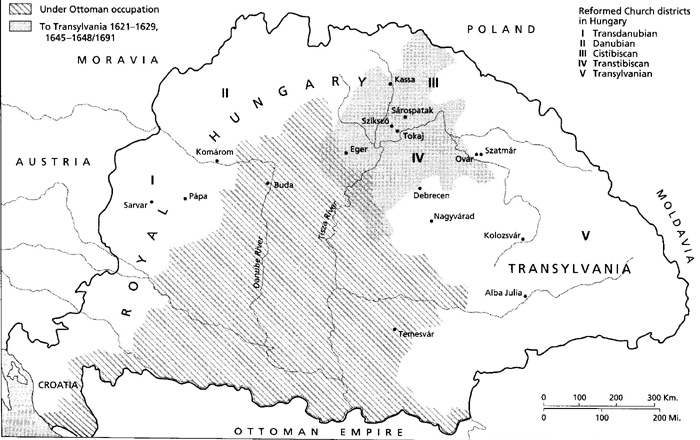By mid-sixteenth century Scotland was still a very poor, backward but independent kingdom, fearing military annexation by England. The Reformation developed very slowly in Scotland. By 1540 a number of Protestant preachers had been burned at the stake which served to raise public consciousness toward Protestantism.
In 1547 a young Protestant preacher by the name of John Knox, along with many other Protestants, were forced to take refuge in St. Andrew's castle. Having been ordained to the Roman priesthood, Knox was converted to Reformation doctrines by George Wishart who had fled Scotland and gone to Geneva where he translated the Helvetic Confession to English.The French, siding with the Scottish Catholics, led by Mary Queen of Scots, attacked the castle forcing its defenders to surrender. Knox and others were carried off to be galley slaves, i.e. rowers, in French ships. After nineteen months he was released and went to England where he preached from a Reformed perspective. He also was helpful to Cranmer there in writing the 42 Articles of Faith.
Mary Queen of Scots (ruled 1542-1567) increased her dependency on Catholic France. This infuriated Scottish nationalists, moving them to sympathize with her antagonists, the Protestants, led by Knox. Knox, eventually found his way to Geneva, where he became a devoted student of John Calvin. Knox summed his impression of Geneva by saying, "Never was there a more godly city." While in Geneva, Knox worked on a translation of the English Bible known as the Geneva or "Breeches" Bible. In Genesis the account reads, "And God sewed breeches for Adam and Eve." Knox, seeing how many patriotic Scotchmen were finished with Mary because of her French dependency, returned to Scotland. Within a week mobs were destroying monasteries and Catholic sanctuaries to Knox's disgust. Knox was a Protestant, not an anarchist, nor an iconoclast. A civil war broke out lasting for nearly a year until Queen Elizabeth of England sent aid to the Scottish Protestants. Mary, still holding the crown with Scotland's consent, went to France.
In 1560 the Scottish Parliament adopted a Reformed confession of faith, known as the Scot's Confession, for the nation. They also passed anti-Catholic laws inflicting capital punishment on those who dared to celebrate mass three times or more. Throughout the nation Reformed theology and the Presbyterian system of church government, i.e., congregational election of pastors and elders, superseded the appointment system of bishops. Larger geographical areas were organized into presbyteries where ruling and teaching elders gathered as an assembly to vote on church concerns. A general assembly of elders covering the nation of Scotland was also established and met when there were issues confronting the presbyteries as a whole.
The thoroughly democratic republican style of Presbyterian government was stamped indelibly on the consciences of the Scottish people, making them a bridgehead for representative government wherever, in the future, they should migrate.
After hostile feelings calmed down, Mary, who had gone to France, returned to Scotland still the legal possessor of the crown. She passed through several marriages which greatly alarmed and frustrated the moral conscience of her people. She was imprisoned and her one year old son, James was made king in 1567 with a regent in place until he reached majority. She managed to escape Scotland and flee to England where her cousin, Queen Elizabeth, put her in the London Tower and eventually had her executed for her conspiracies against the English crown, to which Mary also laid claim.
In 1647, the Scottish General Assembly adopted the Westminister Standards for use in the Church. In 1706 Scotland joined England to form Great Britain.
